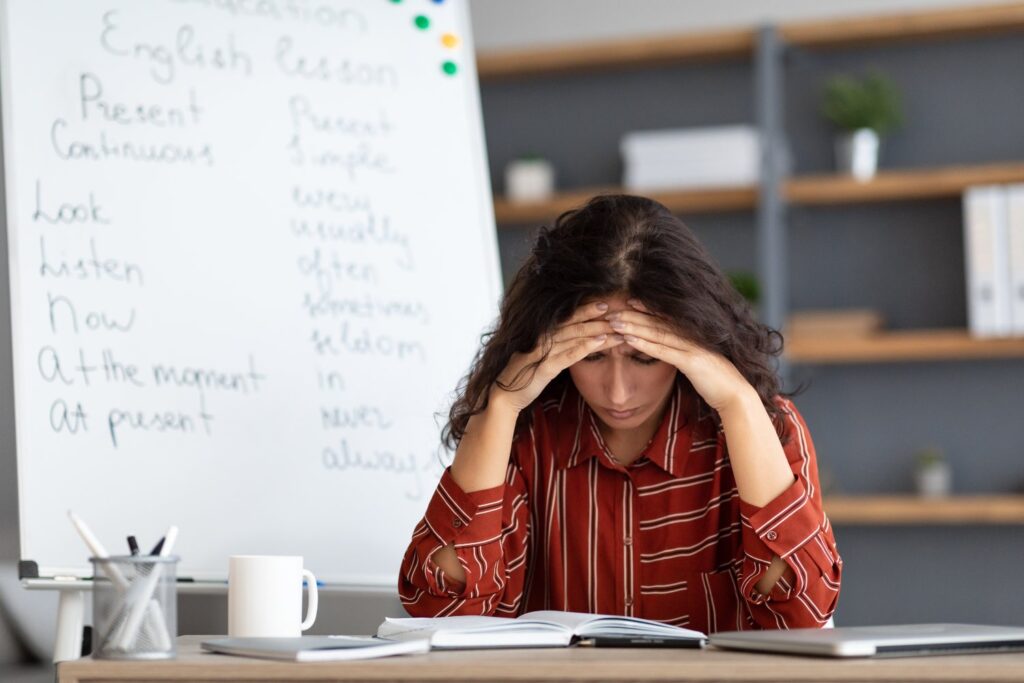The impact of poverty on a child’s education is undeniable. Let’s discuss how teachers can help students in poverty.
Millions of students face socioeconomic barriers that hinder their academic success. This article explores how teachers can make a profound difference in the lives of students in poverty.
By understanding their unique needs, creating inclusive classrooms, and implementing effective strategies, teachers can empower these young learners to overcome adversity.

Challenges Faced By Students In Poverty
Understanding these challenges is crucial for educators and policymakers to develop targeted interventions and support systems that address the specific needs of students in poverty.
Students in poverty face a range of challenges within the education system. Some specific challenges include:
Limited Access To Resources.
Students in poverty often lack access to basic educational resources such as textbooks, technology, school supplies, and adequate learning environments. This hampers their ability to fully engage in learning and keep up with their peers.
Financial Constraints.
Poverty can result in financial instability, making it difficult for students to afford educational expenses such as school fees, transportation, uniforms, and extracurricular activities. These financial barriers can limit their participation in educational opportunities and experiences.
Health And Well-Being Concerns.
Poverty is often associated with inadequate healthcare, nutrition, and living conditions. Students in poverty may struggle with health issues, food insecurity, lack of access to healthcare services, and unstable housing situations. These factors can negatively impact their physical and mental well-being, leading to absenteeism, reduced concentration, and learning difficulties.
Increased Stress And Emotional Challenges.
Living in poverty can expose students to chronic stressors, including family instability, neighborhood violence, and social isolation. These stressors can affect their emotional well-being, self-esteem, and overall mental health, making it harder for them to focus on their education and succeed academically.
Achievement Gaps And Low Academic Performance.
Students in poverty often face significant achievement gaps compared to their more affluent peers. Factors such as inadequate early childhood education, language barriers, and limited educational support at home can contribute to lower academic performance and reduced educational attainment.
Limited Educational Opportunities.
Students in poverty may have limited access to quality schools and educational programs. They may attend underfunded schools with fewer resources, experienced teachers, and extracurricular activities.
Inclusive Classroom Environment
Teachers can play a pivotal role in creating an inclusive classroom environment that supports students in poverty. By implementing the following strategies, teachers can help impoverished students thrive academically and emotionally.
Firstly, cultivating a supportive and nurturing atmosphere is crucial. Teachers can create a classroom culture that fosters respect, empathy, and acceptance. By building positive relationships with students, teachers can help them feel valued and supported regardless of socioeconomic background. This sense of belonging can significantly impact students’ motivation and engagement in their education.
Promoting equity and fairness is another essential aspect of creating an inclusive classroom. Teachers should ensure that all students, including those in poverty, have equal access to educational resources, opportunities, and support. By promoting fairness, teachers can create a level playing field for all students.
Differentiating instruction is vital to meet the diverse learning needs of impoverished students. Teachers can adapt teaching methods, materials, and assessments to cater to individual student’s abilities, learning styles, and backgrounds. This personalized approach acknowledges and addresses the specific challenges they may face.
Providing additional academic support is crucial for students in poverty. Teachers should proactively offer targeted assistance such as one-on-one tutoring, small group interventions, or extended learning opportunities.
By implementing these inclusive practices, teachers can help students in poverty feel valued, supported, and empowered to succeed academically and overcome their challenges.
Strategies Teachers Can Deploy
Teachers can help students in poverty by deploying several strategies to address the limited access to educational resources faced by these students. These strategies can help level the playing field and ensure students have the necessary tools and materials to support their learning. Some effective approaches include:
Seek Out Resources.
Teachers can explore available resources within their school or community. This includes using textbooks, library materials, and technology resources that are already accessible. By leveraging existing resources, teachers can provide students with opportunities to engage in meaningful learning experiences.
Create A Classroom Library.
Teachers can establish a classroom library with diverse books, magazines, and other reading materials. This allows students easy access to reading materials catering to their interests and reading levels. Collaborating with colleagues or seeking donations from the community can help expand the range of resources available.
Utilize Technology.
Technology can bridge the gap in accessing educational resources in the digital age. Teachers can leverage online platforms, educational websites, and open educational resources to supplement classroom instruction. Encouraging students to use online resources for research, interactive learning activities, and accessing e-books can enhance their learning experience.
Apply For Grants And Funding.
Teachers can actively seek out grants or funding opportunities that support educational initiatives. Various organizations and foundations provide grants to enhance educational resources for underserved students. Writing grant proposals and partnering with colleagues to seek funding can help bring additional resources into the classroom.
Provide Information.
Teachers can compile resource guides that outline community resources such as local libraries, tutoring programs, or low-cost internet options. Distributing these guides to students and their families helps them navigate and access resources outside the classroom.
Final Thoughts
In conclusion, teachers play a vital role in supporting students in poverty. By creating inclusive classrooms, providing personalized support, and maximizing available resources, teachers can help these students overcome challenges and succeed academically and emotionally.
Through their dedication and compassion, teachers can empower students in poverty, unlocking their potential and inspiring a brighter future.
Together, let us work towards educational equity and ensure that every child, regardless of socioeconomic background, has an equal opportunity to thrive. Teachers can make a profound difference in the lives of students in poverty, shaping a more inclusive and promising tomorrow.



